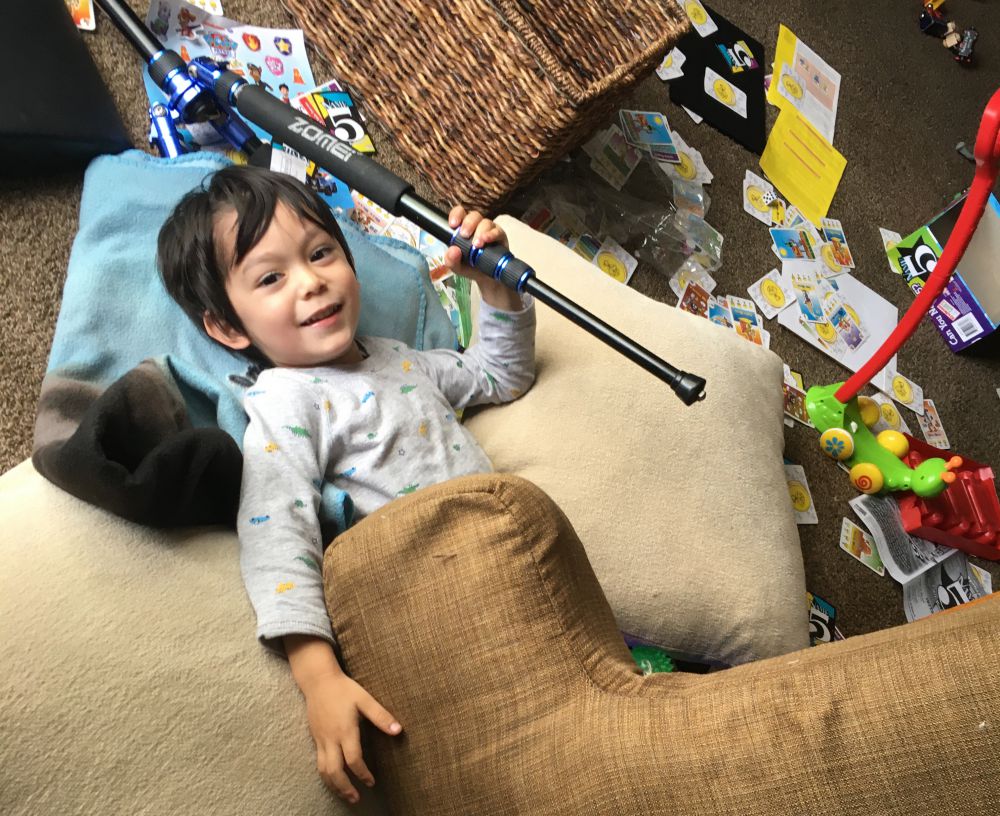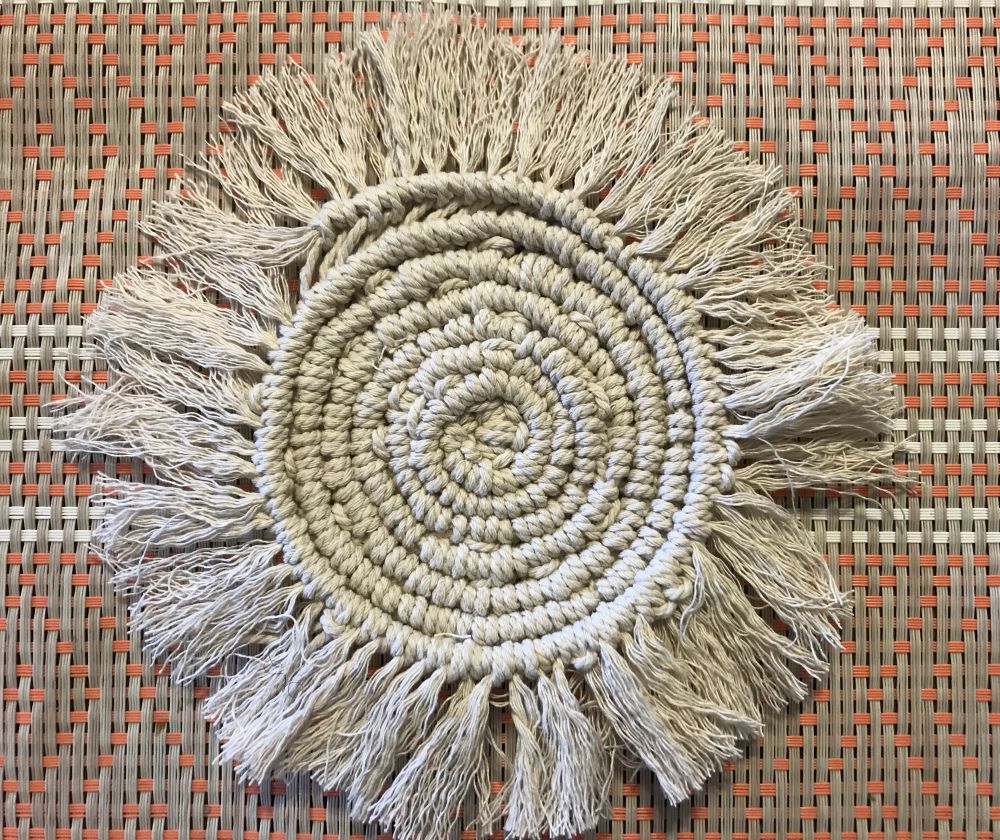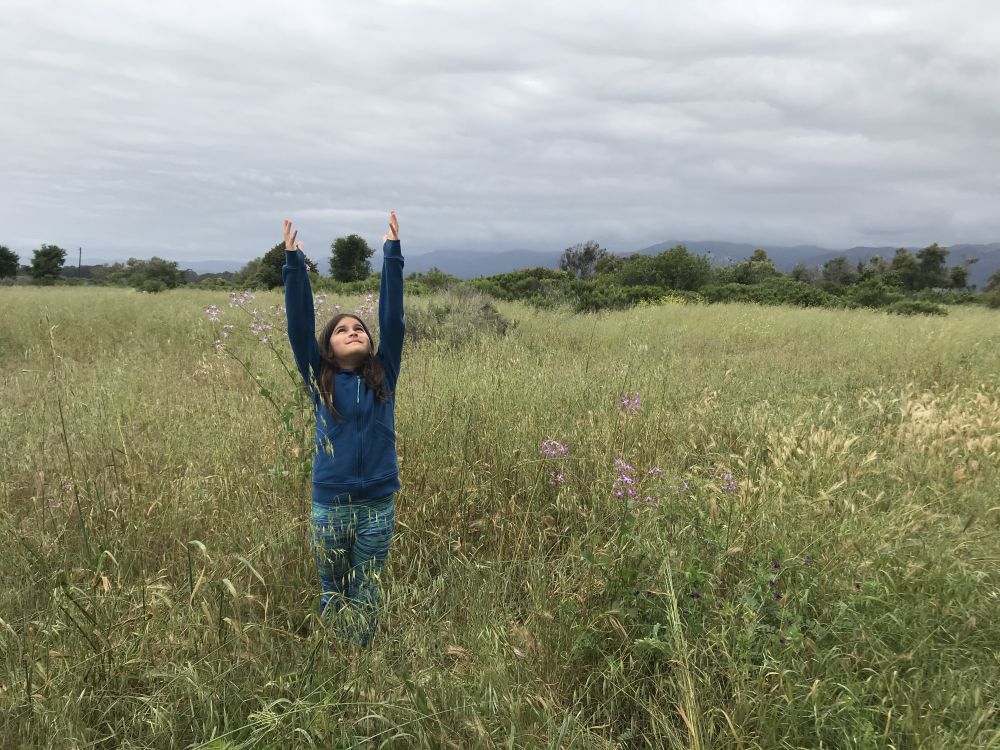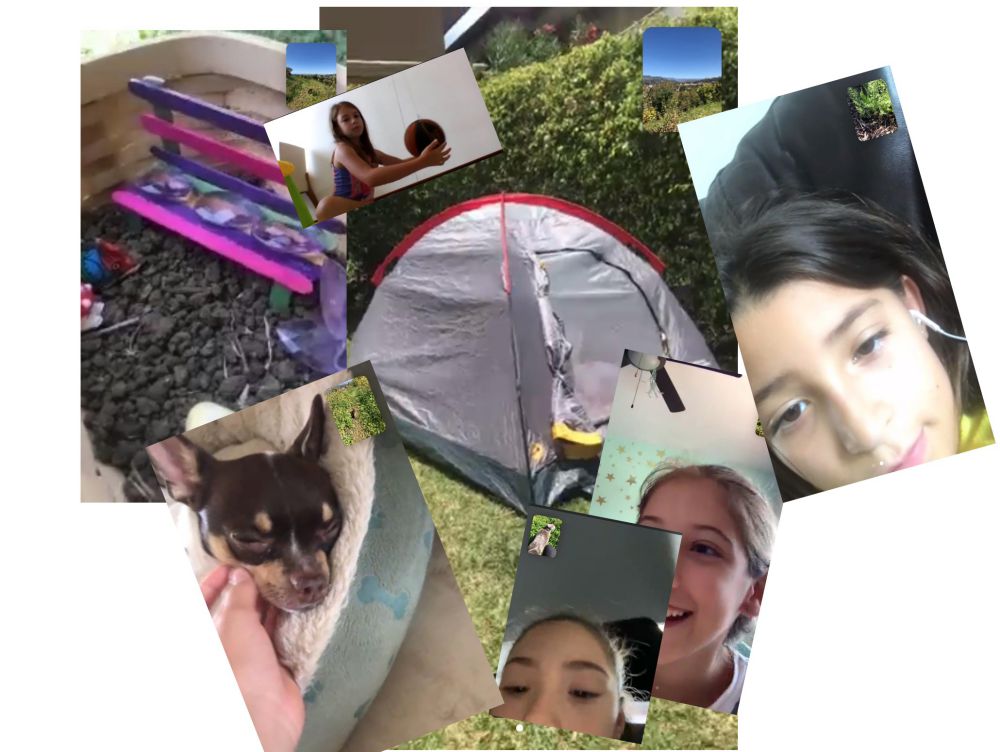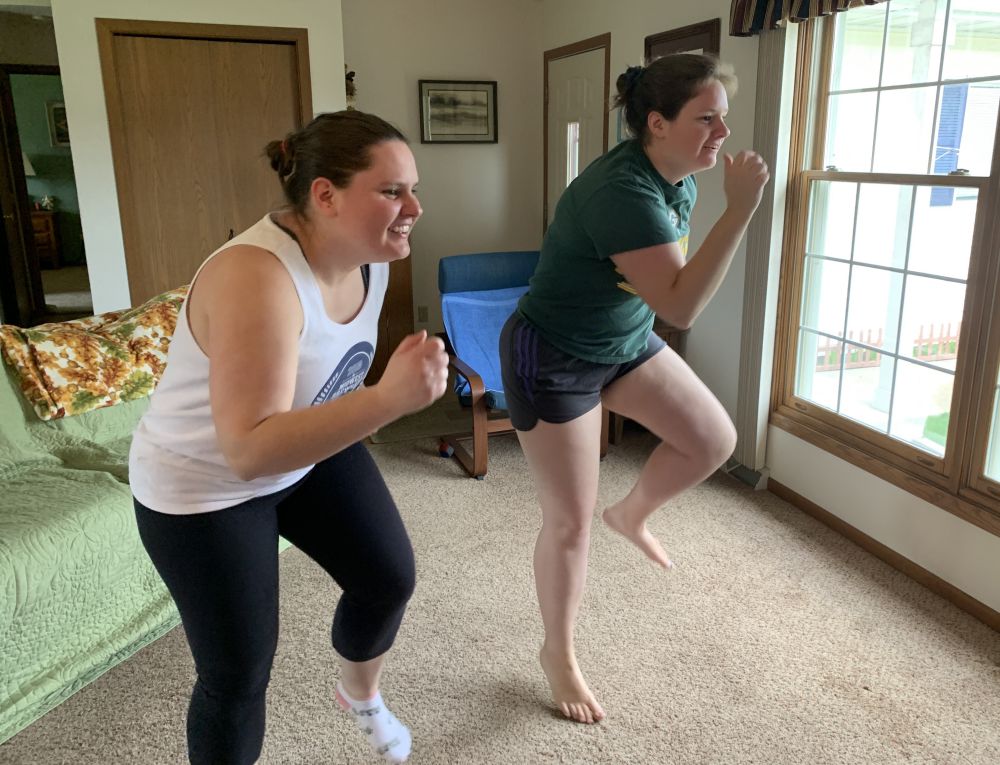A Viral Journey

Here’s how Samuel Pepys, one of history’s most famous diarists, put it in 1666, as London (and much of Europe) battled the Black Death:
“After dinner Cocke and I together by coach to the Exchange, in our way talking of our matters, and do conclude that every thing must breake in pieces, while no better counsels govern matters than there seem to do, and that it will become him and I and all men to get their reckonings even, as soon as they can, and expect all to breake.
"Besides,” Pepys continued, “if the plague continues among us another yeare, the Lord knows what will become of us.”
We do know what became of Pepys, of course, thanks to those diaries. And as the COVID-19 pandemic took hold of the sheltered world in March, many called for people to write their experiences down. For just one example, an international consortium of scholars formed A Journal of the Plague Year: an Archive of CoVid19.
At UC Santa Barbara, the Gevirtz Graduate School of Education has begun its own chronicle, “Education and Applied Psychology in a Time of COVID-19: A Gevirtz School Journaling Project.” The posts are indexed on one page and will continue to grow. It’s a kind of time-lapse photography of our moment as it happens, an illuminating look at how education continues while schools shut down, how therapy and counseling continue without face-to-face sessions. It is a place where all “get their reckonings even.”
“In addition to offering video-talks and webinars to share expert advice from our faculty and alumni about education and mental wellness during this pandemic,” Gevirtz School Dean Jeffrey Milem said, “we wanted to provide some more informal, real-time accounts of our changing world. I picture this journal project like letters home from the front.”
While they serve the immediate purpose of benefitting both writer and reader, the entries could be useful months and even years from now, serving as primary sources about how education and applied psychology dealt with this pandemic.
The writers capture a wide swath of life — one journal-keeper is a fourth-grader, while another is an assistant professor Diana Arya. Some live in Santa Barbara, while others, such as graduate student Mary Franitza, who returned to her family home in Wisconsin, are farther afield. They struggle with how to teach about nature without field trips; where to buy toilet paper; how to vote mid-pandemic.
And they struggle to recreate the bond teachers and students forge in the crucible of a classroom.
“Everything that we did in the classroom and on campus in real time has been reduced to email interaction,” writes Camille Kavon, a lecturer in the Teacher Education Program and a remote learning instructor for 132 middle school students. “And I don’t like it. It’s hard to gauge expression and to understand meaning in brief messages. I find myself drafting emails very carefully and purposefully. Thinking to myself, is this too much, too little, will they understand, will they show me grace? Have I shown them grace?”
